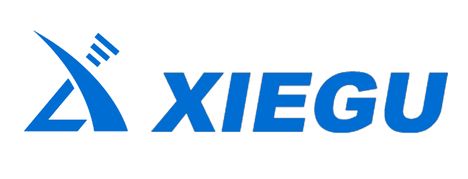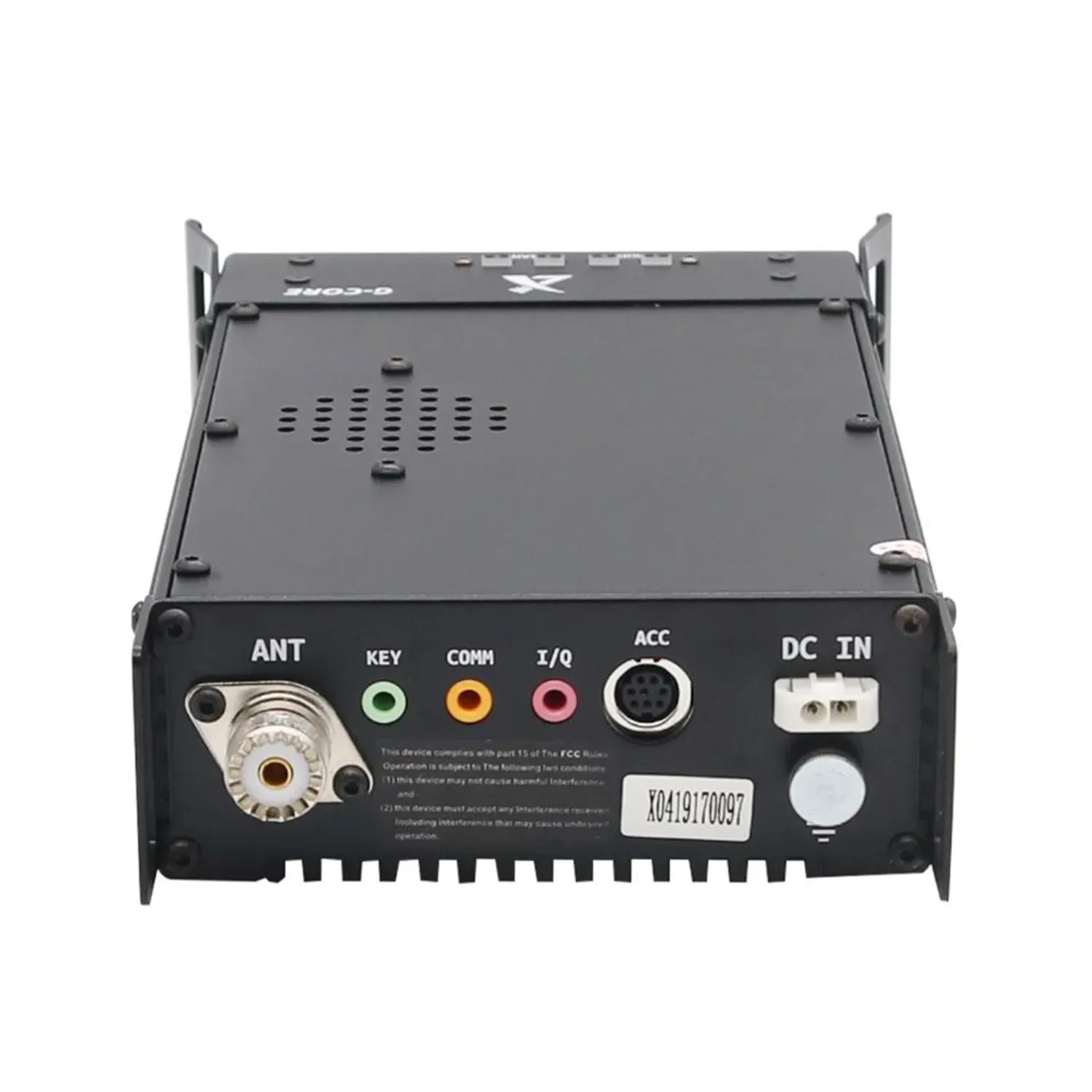
Send Inquiry
What is SDR Radio?
When you turn on your radio, it's like opening a door to a world of music, news, and entertainment. But have you ever wondered how this magical box captures and delivers sounds from miles away? That's where SDR radio comes into play.
The Definition of SDR
A Software Defined Radio (SDR) is a system for radio communication that utilizes adaptable software-based components to process and convert digital signals. In contrast to conventional radio systems, SDR devices are exceptionally flexible and versatile, representing an emerging technology addressing the demands of our expanding wireless world.
A typical SDR system comprises both an analog front-end and a digital back-end. The analog front-end manages the transmit (Tx) and receive (Rx) functions of a radio communication system. SDR platforms with the widest bandwidth are designed to operate across a broad frequency range, typically from DC to 18 GHz.
While the front-end of an SDR system deals with signals in the analog domain, the back-end processes signals digitally. An analog-to-digital converter (ADC) and a digital-to-analog converter (DAC) facilitate the conversion of signals between these domains. The digital back-end employs a field-programmable gate array (FPGA) and utilizes reconfigurable logic gates for various functions. This FPGA possesses multiple onboard digital processing capabilities, including modulation, demodulation, upconversion, and downconversion. The reconfigurability of the digital back-end allows for the easy implementation of new algorithms and protocols without modifying the existing hardware.
SDRs' adaptability makes them well-suited for diverse markets, including mission-critical applications like radar, test and measurement, magnetic resonance imaging (MRI), global navigation satellite systems (GNSS), low latency links, and spectrum monitoring.
The architecture of a typical SDR platform includes power, digital, time, receive (Rx), and transmit (Tx) modules. These modules are interconnected using high-speed cables to ensure swift data transfer between them. The power board supplies power to the daughter boards of the SDR system.
The clock distribution network of a typical SDR platform revolves around its time board, which furnishes a clean and stable clock to the system's modules. For instance, in the Crimson TNG SDR platform by Per Vices, the time board employs an oven-controlled crystal oscillator (OCXO) as its source for the internal reference clock. This reference source provides a precise and stable (5 ppb) 10 MHz signal. Additionally, this high-performance SDR platform is engineered to support an external reference clock.
The receive (Rx) board of an SDR platform comprises multiple independent receive channels, each capable of performing receive functions and handling analog signals. Analog signals from the Rx board undergo amplification, downconversion, various filters, and ADC conversion to the digital domain. Similarly, the transmit (Tx) board includes multiple independent transmit channels, each performing transmit functions and sending analog signals through DAC, upconversion, filtering, and amplification stages.
Why Does SDR Matter?
Now that we know what SDR is, let's talk about why it matters. Imagine living in a world where everyone speaks a different language, and you only understand one. That's how traditional radios work – they are limited to a specific frequency or language.
SDR breaks down these language barriers. It allows radios to adapt to different frequencies, making communication more versatile. Emergency services, for example, can switch frequencies to ensure clear communication during a crisis. It's like having a universal remote for your radio.
Moreover, SDR is like having a superhero radio. Traditional radios struggle in crowded frequency spaces, causing interference and unclear signals. SDR, with its software magic, can navigate through these crowded spaces, ensuring a smooth and clear listening experience.
In the world of radio, SDR is the future. It opens up new possibilities for communication, making it more dynamic and efficient. It's not just a radio; it's a revolution in how we connect and share information.
Conclusion
In conclusion, SDR radio is the wizardry that transforms your radio into a versatile, multilingual, and adaptive device. It's not just a piece of hardware; it's a revolution in how we communicate. As technology continues to evolve, SDR is at the forefront, unlocking new possibilities and ensuring that the magic of radio continues to captivate us for years to come.

